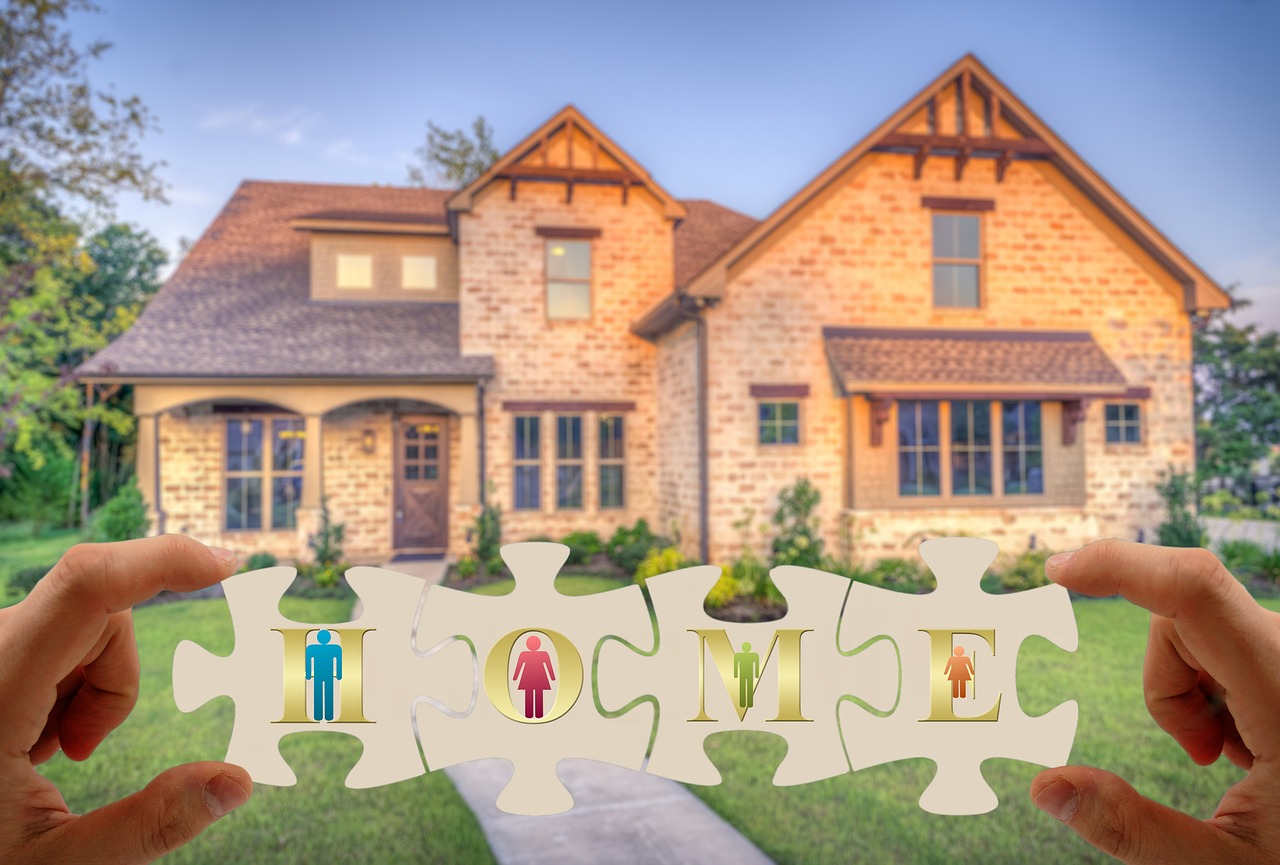Living in a high-risk area, like those prone to wildfires or flooding, can make getting homeowners insurance more challenging. Insurance companies tend to decline coverage when there’s a significant likelihood of claims.
Insurance companies assess risk based on the possibility of a claim being filed, the type of claim, and its associated costs. Factors include the condition, location, the homeowner’s financial background, and claims history. Higher risk often means higher premiums and limited coverage.

High-risk homes can be located in areas vulnerable to severe weather or high-crime neighborhoods. Unique features such as swimming pools, older or damaged roofs, poor maintenance, and even vacant status can also elevate the risk level for insurers.
Homeowners can be deemed high-risk due to low credit scores, a history of filing numerous claims, owning certain breeds of dogs, or running a home business. States like California and Maryland limit the use of credit scores in insurance decisions.
Being high-risk doesn’t mean you can’t get coverage. In fact, there are strategies you can use to increase your chances. For instance, try applying to at least three different insurance carriers. AIG homeowners insurance is one such option. It covers landscaping, fragile item breakage, and pet damage. It also offers assistance with preventative services, including background checks for staff, security consultations, and water damage protection. This should give you hope and encouragement that coverage is within reach.
AIG offers tailored insurance for high-value or historic properties, often insuring homes worth at least $750,000. They also provide disaster mitigation and architectural services, which can be particularly useful for homes in wildfire—or hurricane-prone areas.

Another option is FAIR Plans, available in many states, which serve as insurers of last resort. These policies, backed by a pool of insurers, are designed to provide coverage to homeowners who are unable to obtain insurance in the standard market due to high risk. They cover risks like fire, vandalism, and windstorms. However, they tend to be more expensive and may require home repairs to qualify.
Surplus lines insurance is another option for high-risk homeowners. Companies not licensed in your state but licensed in their home state or country provide this type of insurance. While it often has higher deductibles and more exclusions, it can also provide a viable solution for homeowners, offering a sense of hope and optimism about their insurance options.
High-risk homeowners insurance is typically more expensive and offers less coverage than standard policies. If rejected by traditional insurers, options like FAIR Plans or surplus lines insurance can provide the needed coverage, albeit at a higher cost.
If you’re denied coverage, understanding the reason can be a powerful tool. It can help you identify specific issues, such as improving your credit score or upgrading home features, that can make you eligible for standard insurance policies. This knowledge can empower you and put you in control of your insurance situation.
Do You Have Questions Regarding Your Insurance Needs?
Let our knowledgeable team of award-winning insurance agents help. We provide a wide range of affordable insurance solutions for people from all walks of life. Whether you are seeking insurance for your home, auto, business, life, or health, our team of licensed insurance agents will help you find the best coverage for your specific needs at the best possible rates.
@directinsurancesol High-Risk Homeowners Insurance #insurance #insuranceagent #protection #floodinsurance #insurancecoverage #home #insuranceservices #seguros #homeowner #homeownersinsurance #directinsurancesolutions
♬ original sound – Directinsurancesol – Directinsurancesol
